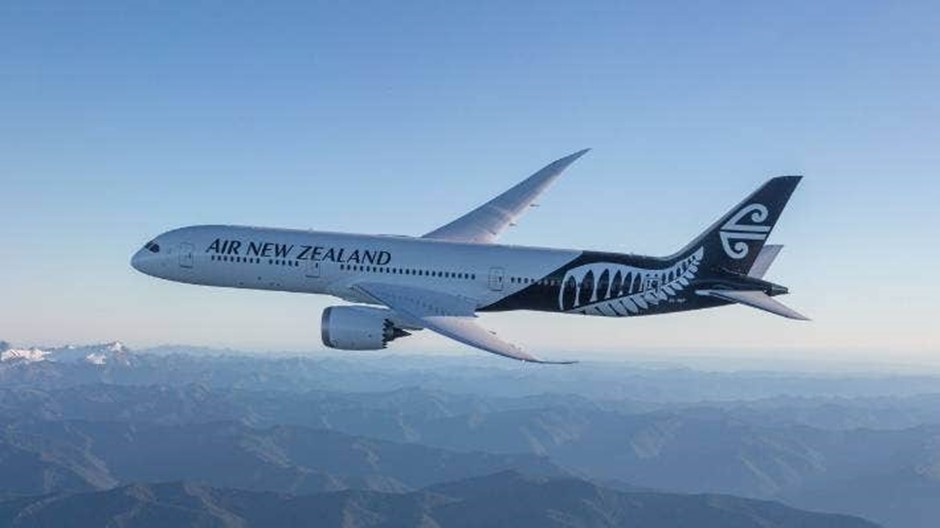
Air New Zealand B787 Dreamliner- Photo Courtesy Air New Zealand
Air New Zealand expects to purchase 13 planes within the next five years. This follows three consecutive years of losses for the airline, the most recent of which showed a recovery in its financial performance, as shown in the company’s financial statement.
The aircraft’s original equipment manufacturers (OEMs) will ship them between the second half of the fiscal year 2023 (ending in June 2023) and the year 2028. The airline expects to receive one Airbus A320neo/A321neo in the second half of the fiscal year 2023, another two in 2024, and another two in 2027. Meanwhile, Boeing will deliver a total of eight 787s in 2025, 2026, 2027, and 2028,
Air New Zealand expects to purchase 13 planes within the next five years. This follows three consecutive years of losses for the airline, the most recent of which showed a recovery in its financial performance, as shown in the company’s financial statement.
The aircraft’s original equipment manufacturers (OEMs) will ship them between the second half of the fiscal year 2023 (ending in June 2023) and the year 2028. The airline expects to receive one Airbus A320neo/A321neo in the second half of the fiscal year 2023, another two in 2024, and another two in 2027. Meanwhile, in 2025, 2026, 2027, and 2028, Boeing will deliver eight 787s.
Air New Zealand estimates spending NZD3 billion (AUD 2.7 billion) on planes until 2028. No more orders are scheduled to be placed after that time. At the end of 2022, the airline will have 104 aircraft in its fleet, and by 2026, it plans to have 111 aircraft. By 2026, the airline plans to increase its fleet size by four Boeing 787s and five Airbus A320/A321neos while reducing it by one Boeing 777-300ER and one Airbus A320.
Furthermore, beginning by mid-2024, it will begin retrofitting the cabins of its 14 Boeing 787 aircraft. According to the airline’s most recent financial report, the upgrade is expected to cost NZD450 million (AUF 411 million), “staggered over several years.”
After the first half of the fiscal year 2023 was through on December 31, 2022, the airline had earned a profit of NZD213 million, or about AUD195 million. The load factor increased from 58.5% to 87.5%, and the total number of passengers carried increased to 7.9 million during the six months, up from 3.2 million during the same period.
The company was able to turn a profit thanks to a rise in overall revenues from NZD1.1 billion (AUD 1 billion) to NZD3 billion (AUF2.7 billion) despite a surge in operating costs to NZD2.4 billion (AUD 2.2 billion), more than double the amount Air New Zealand incurred in H1 FY2022 (NZD1.1 billion, AUD1 billion).
“Today’s result reflects an important milestone in our recovery and places us in a strong position to deliver on our strategy,” said Dame Therese Walsh, the airline’s chair.
“When New Zealand’s borders reopened much earlier than expected, our people rose to the occasion, moving swiftly to return aircraft to service, relaunch 29 routes and onboard more than 3,000 employees to support the eight million customers we flew between July and December – the busiest period we’ve seen in over three years,” Walsh added.
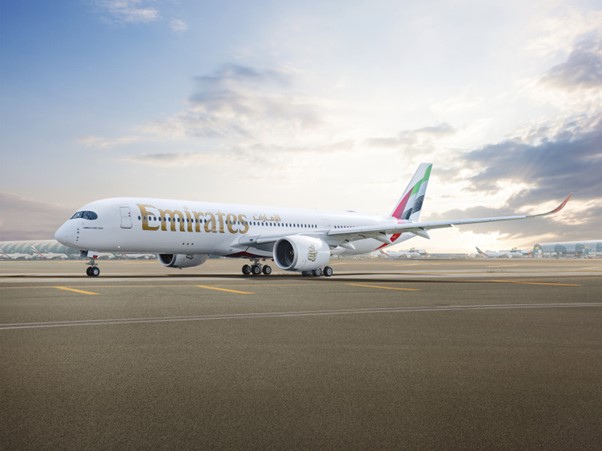 Emirates Ends 2025 on a High with Five World Travel Awards and Over 20 Global Honours
Emirates Ends 2025 on a High with Five World Travel Awards and Over 20 Global Honours 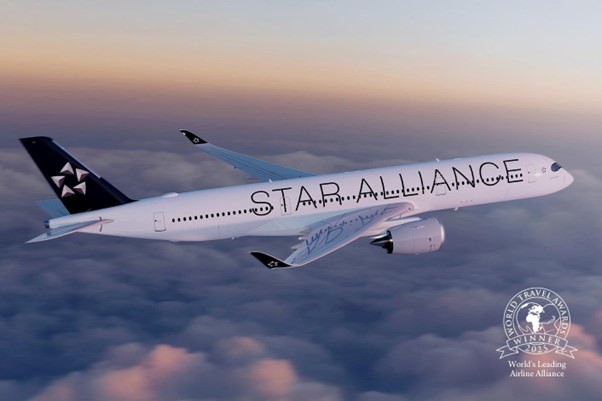 Star Alliance Named World’s Leading Airline Alliance for 2025 at World Travel Awards
Star Alliance Named World’s Leading Airline Alliance for 2025 at World Travel Awards 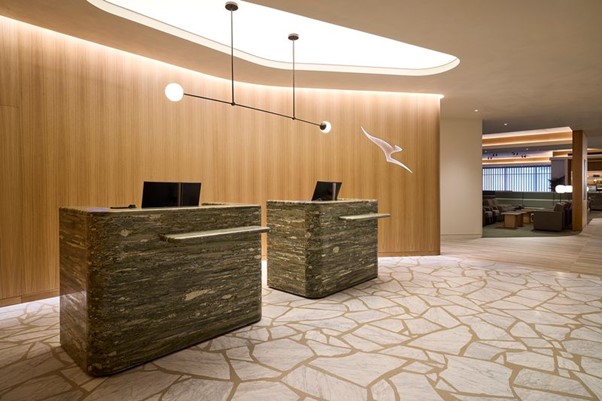 Qantas Unveils New Auckland International Lounge Ahead of Holiday Rush
Qantas Unveils New Auckland International Lounge Ahead of Holiday Rush 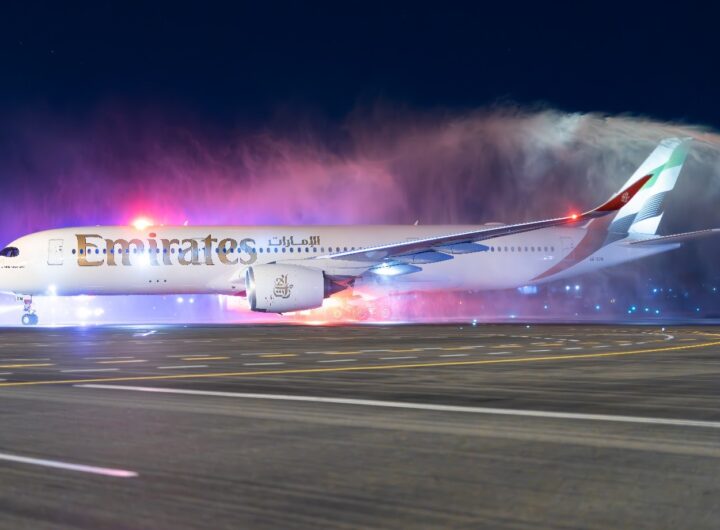 Emirates A350 Debuts in Adelaide with New Premium Economy, Boosting Connectivity and Comfort to Dubai
Emirates A350 Debuts in Adelaide with New Premium Economy, Boosting Connectivity and Comfort to Dubai  Qantas Elevates A380 First Class with New Fine Dining, Aesop Amenity Kits and Bollinger Champagne
Qantas Elevates A380 First Class with New Fine Dining, Aesop Amenity Kits and Bollinger Champagne 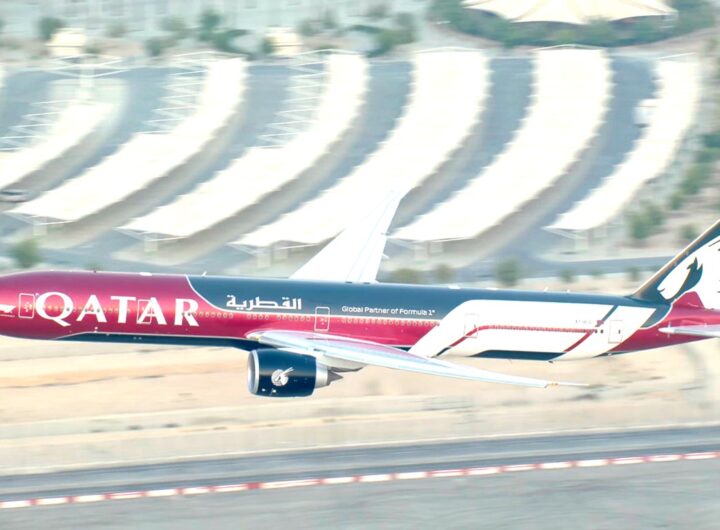 Qatar Airways’ New Formula 1 Livery Takes Off: Swizz Beatz–Designed Boeing 777 Tours the World After Qatar Grand Prix Debut
Qatar Airways’ New Formula 1 Livery Takes Off: Swizz Beatz–Designed Boeing 777 Tours the World After Qatar Grand Prix Debut  Stray Nomad 2025: A Year in Review
Stray Nomad 2025: A Year in Review 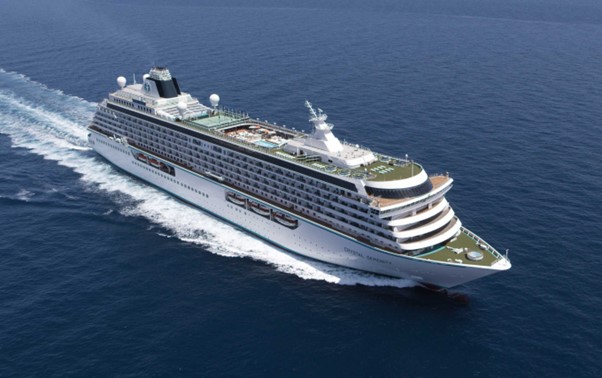 Crystal Serenity Unveils 2028 Amazon, Caribbean and Azores Voyages
Crystal Serenity Unveils 2028 Amazon, Caribbean and Azores Voyages 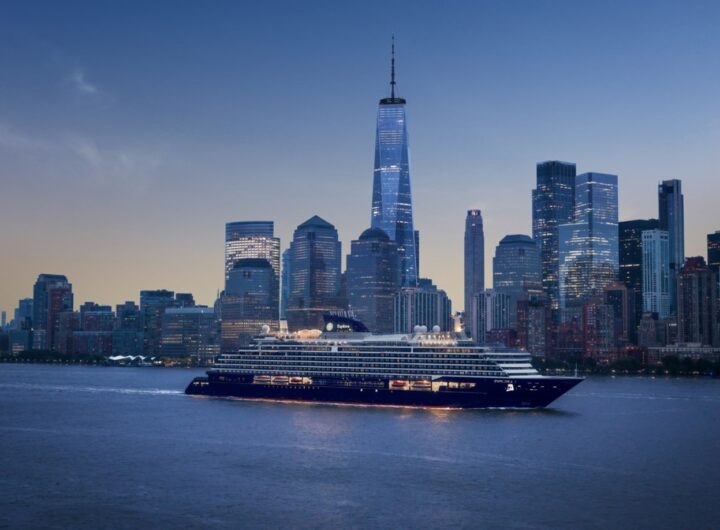 Explora Journeys and Hilton Unite for a New Era of Luxury Ocean Travel with Launch of Hilton Honors Adventures
Explora Journeys and Hilton Unite for a New Era of Luxury Ocean Travel with Launch of Hilton Honors Adventures 